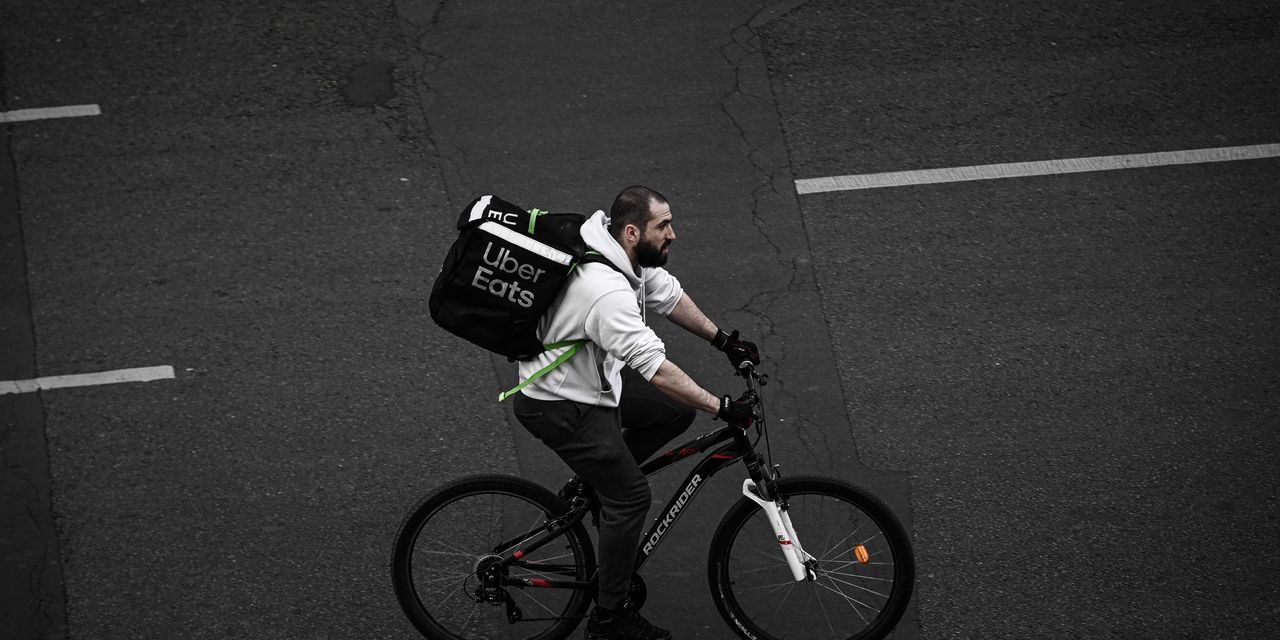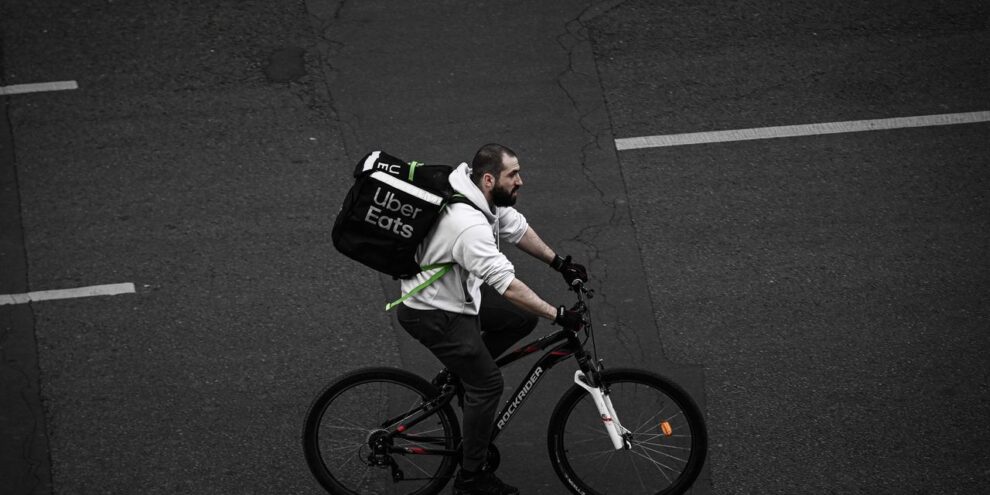
Shares of Uber Technologies Inc., which is scheduled to report fourth-quarter earnings Wednesday, have been riding high because of optimism about the company’s business prospects.
Despite the dampening effect of the coronavirus pandemic on travel and mobility, Uber stock UBER, +0.89% has risen more than 12% so far this year and nearly 40% over the past three months. Its biggest competitor, Lyft Inc. LYFT, +5.30%, has seen its stock rise nearly 78% over the past three months. Lyft is set to report earnings Tuesday.
Analysts are bullish as more people get vaccinated, raising hopes that the world is getting closer to normalcy and a full ride-hailing recovery.
“With mass distribution likely by mid-2021, we expect consumer demand for Uber to show a significant snapback during the course of 2021 with the company potentially getting back to pre-COVID ridership by early 2022,” Wedbush Securities analysts wrote in a note to clients last month.
And analysts continue to be impressed by Uber Eats, the company’s delivery business, which has been venturing beyond food. The most recent example was announced this week: Uber is buying Drizly, the nation’s leading alcohol-delivery app, for $1.1 billion in stock and cash.
Tom White, analyst for D.A. Davidson, called the deal “interesting and exciting” in an interview with MarketWatch.
“It was clear that the pandemic has led the company to really lean into delivery of food,” White said. “But it also led them to take more seriously the opportunity in essential and nonfood items.”
Alcohol delivery has plenty of upside: Morgan Stanley estimates that U.S. consumers spend $120 billion a year on alcohol, and that only 2% of that is online so far.
The Drizly acquisition, which is expected to close in the first half of the year, follows other Uber moves in the delivery space. It closed its acquisition of San Francisco-based Postmates, a food-delivery app, in December, and it bought Mexico-based Cornershop, which enables grocery delivery, in 2019. Uber also has a partnership with Nimble for prescription delivery.
Wednesday, the company announced that it is committing $20 million to an initiative that includes waiving and reducing fees for local restaurants that use Uber Eats though July. It also said it would reduce delivery fees for consumers, putting pressure on rivals. DoorDash Inc. DASH, +5.07% and other companies have similar promotions, but investors will want to know how long Uber plans to essentially subsidize deliveries as it goes after market share.
What to expect
Earnings: Analysts surveyed by FactSet on average expect a loss of 53 cents a share, or $941 million, compared with a loss of 64 cents a share, or $1.1 billion, in the year-ago period. Estimize, which gathers estimates from analysts, hedge-fund managers, executives and more, is expecting a loss of 46 cents a share.
Analysts surveyed by FactSet expect rides revenue to outdo delivery revenue again, $1.76 billion to $1.52 billion.
Revenue: Analysts on average expect $3.65 billion in revenue, compared with $4.01 billion in the year-ago quarter, according to FactSet. Estimize is guiding for $3.71 billion.
What else analysts are saying
Besides doubling down on delivery, Uber has cut costs and shed its autonomous-vehicle business, so Morgan Stanley analysts say they see “a path” for the company to break even on an Ebitda basis in 2021, and perhaps see positive Ebitda in the third quarter this year.
“This, in our view, is a positive sign about Uber’s long-term, post recovery platform cash flow potential given ’21 rides bookings are still ~8% below ’19,” they wrote in a note to clients last week.
They also said they were looking for the San Francisco-based company to disclose more details about its Uber Eats business to help give insight into the opportunity in delivery as well as its position in relation to DoorDash, which leads the U.S. market in app-based food delivery and is scheduled to report earnings Feb. 25.
Out of 26 analysts surveyed by FactSet, 20 have a buy rating on Uber stock, while three have a hold rating, two say sell and one rates the stock at overweight. The average price target as of Wednesday was $56.25, when the stock closed at $57.12, down 1.3%.









